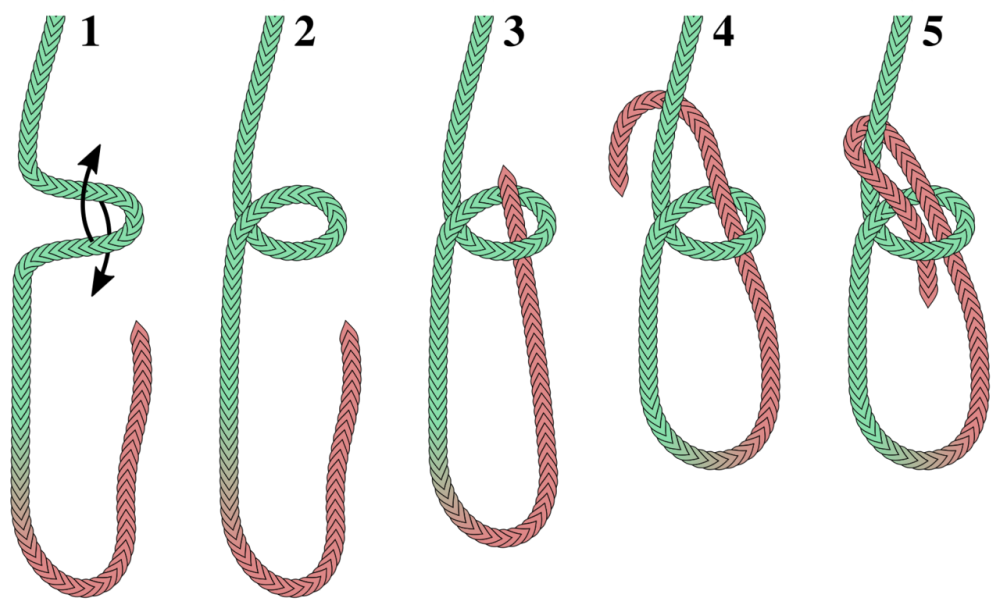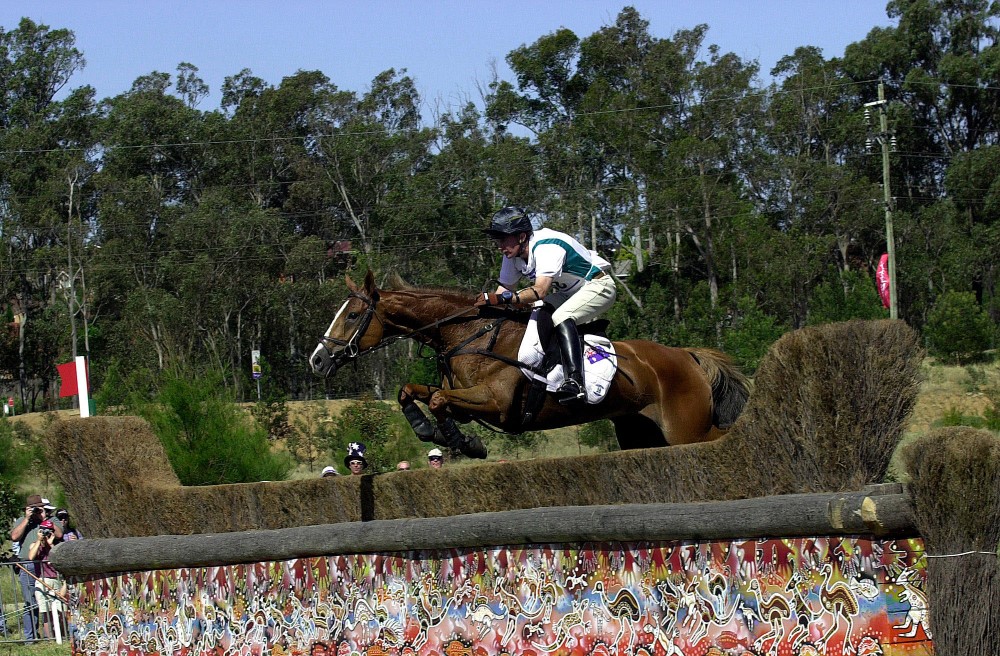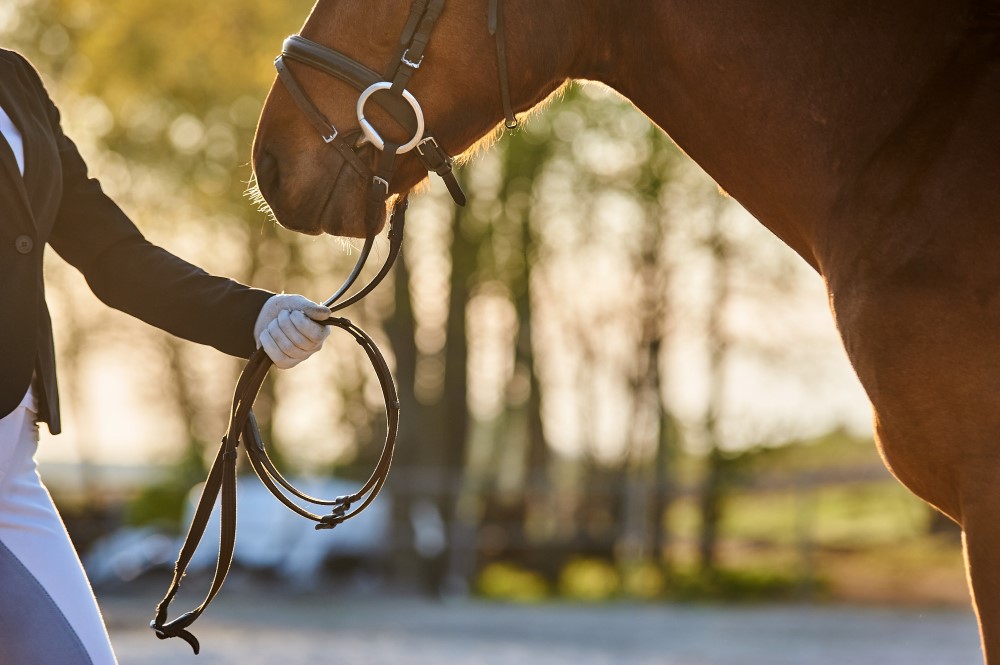ISES, the International Society for Equitation Science, has 10 principles applicable to all training across all disciplines. These have evolved over the life of the institution. The first principle is that there must be regard for horse and human safety. Of course, in my other life as a doctor we are taught safety is the first principle. Even in first aid the DRSABCD guide to resuscitation starts with recognition of the “dangers”. Unless you stay safe you cannot reach your goals.
Horse riding and handling is dangerous. It is more dangerous than we would like to think. The hospitalisation rate is around one hospitalisation for every 350 hours of contact. This is 20 times higher than motorbike riding. It is a fact that 81% of horse riders will have an accident; 21% will have a serious accident. In fact, the risk of a serious injury is higher when riding than any other sport except Formula 1 racing. About 20-30% of accidents occur when handling horses, not actually riding. Loading on a truck or float can be especially hazardous.

The International Society for Equitation Science (ISES) has seven recommendations to maximise safety:
• To acknowledge that the horse’s size, power and potential flightiness present a significant risk
• Avoid provoking defensive and aggressive behaviour (kicking/biting)
• Ensure recognition of the horse’s dangerous zones (hindquarter)
• Safe use of tools, equipment and environment
• Recognise the dangers of being inconsistent or confusing
• Ensure horses and humans are appropriately matched
• Avoid using methods or equipment that cause pain, distress, or injury to the horse.
There is no surefire way to avoid an accident but there are things that you can do to reduce the risk. Protective clothing, safe equipment, correct handling and correct training will reduce risk.
Let’s start by looking at training. We can train our horses to be safer partners. The size, power and flightiness of a horse can be managed in a more predictable way if a horse is trained well to respond to cues, and if a horse is trained to respond to novel things with curiosity rather than flight. The flight reaction of a horse can be dangerous. People get knocked over, trampled etc. when a horse suddenly runs away in fear. If your horse is afraid of something, for example a tarp, don’t use flooding, like the old ‘sacking out’ technique, and don’t punish him for being afraid. Rather, reward him for approaching it, approach and let him settle and relax, then approach some more. Tristan Tucker recommends using the in-hand training pattern to train relaxation and then use this to teach a horse to approach something unknown. We put treats in all the scary things like umbrellas and plastic whales so the horses learn that if they go up to it, they may find a little piece of carrot.
“The flight reaction of a
horse can be dangerous.”
PROPER GROUND MANNERS
Proper ground manners are important. Horses should know where to stand in relation to humans, not crowd people, not to walk over people. Even experienced horses may need to be reminded how to lead correctly, alongside the handler, not dawdling behind, so a startled horse who jumps forwards can jump on the handler. Nor should the horse go too far forward so the handler is too easily in a position where they are vulnerable to being kicked.

I like to train a horse to stand still on a cue. A horse that understands a cue to stand still is more likely to stand on command if he is in an unfamiliar environment. He will be safer for people to handle and less likely to hurt himself. At our place “whoa” means stop – all four legs stationary. “Easy” means slow down but “whoa” means stop. We pair the voice cue with raising a hand like a stop sign – elbow bent, palm facing the front. Being around horses for a long time I see it is intuitive that people will do this when trying to stop a loose horse. So train your horse to stop with that signal so that if he gets loose – either because he has lost his rider or pulled back – he is more likely to stop when someone approaches him. Every time you lunge him, or each time you get on tell him to “whoa” with a stop sign with your open hand. You can use positive reinforcement and reward. You can click when he is standing still and continue to click and reward as he stands. You can teach him to ground tie. If the rope is on the ground he should stand still. When you take him out and about remind him to stand still and reward him. Dr Andrew McLean calls this teaching a horse to “park”.
“Horses need to respond
to your pressure in a predictable
way to move or stand.”
Horses do need to know how to yield to pressure. They need to respond to your pressure in a predictable way to move or stand. Some bad accidents can happen when a horse panics because it is restrained. Teach a horse to tie up to a solid post using a neck collar for safety, so he learns not to pull back and panic. Do not use a rope halter for this lesson as he is more likely to injure himself. A rule of thumb when tying up is tie him at the height of his eye (so he can’t get his leg over the rope) and the length of your arm, so he can’t get his head caught under the rope. When he knows how to tie up then it is generally safest to tie him to something that will break, twine, or have a strong cable tie attaching the clip on your cross ties.
A horse who understands hobbles is less likely to panic if he is caught in a fence or a loose piece of wire. I have known a horse to wait for up to a couple of days caught up in a fence without panicking, just patiently waiting. This horse was trained to hobble. She had no injuries, and was just very thirsty. We could extract her safely as she didn’t panic about the wire.
We are all taught to stay away from a horse’s hind legs. The kicking speed of a horse can be up to 300kph. There is no way a human can move away fast enough to avoid a kick, so you need to stay out of reach of a potential kick at all times. This includes when loading on trucks and floats. A horse that races out can push the side gates into your face and cause terrible injuries.
PROTECTIVE CLOTHING
Using protective clothing is important. Wearing a suitable helmet will reduce the risk of death by a huge 80%. The price of a helmet is not a guide to its safety. You can find reports on the safety of different helmets online. You should discard a helmet after five years as the material may deteriorate. Of course, a helmet that has suffered a significant impact should be replaced. The helmet is supposed to break on impact so that your head doesn’t. Always wear suitable footwear when you are around horses. Gloves are important, especially when you are loading a horse or leading a horse in an unpredictable environment.
Learn how to tie a safe knot, such as a bowline, which will not over-tighten if a horse pulls back.

Safe equipment includes the use of rope halters, chain leads and bits to lead a horse who might need you to have a bit more strength. Remember, it is the release of pressure that trains, but the pressure must be enough that the horse values the release. You must be able to keep his attention even if he is distracted by whatever is going on.
Well-maintained gear is important. After reading this article, please check the stitching on your reins and stirrup leathers, and oil your saddlery. Dry leather is brittle leather that is more likely to give way.
Correct position will help you avoid a fall. Gold medallist Matt Ryan describes that keeping your legs forwards and underneath you, with your heels down, is like a seatbelt when jumping or on a horse that might be unpredictable. Short reins to keep his head up is good practice too. However, we can’t always avoid a fall. The “tuck and roll” technique is recommended if you do have the wherewithal to remember as you fall. You let go of the reins, kick your feet out of the stirrups, bring one arm across the body, avoiding reaching out, and tuck your chin in. The aim is to take the impact on the shoulder. Then try to roll clear. I have to admit, I did break my shoulder one time when I landed like this, but certainly there are worse injuries than that.

Anyone experienced will have a list of things they rate highly to ensure safety. Never wrap a lead or lunge rein around your hand. Fold the rein back and forth. Never leave a halter clipped on to a lead after you take it off your horse. He or you may put a foot in it. It is best not to wear spurs when lungeing. Never lay the lead rope over your shoulder when leading. Someone in the UK was killed when her horse spooked in a way that the lead rope went around her neck. When you are loading a horse on the float it is safer to use a laneway (not wire) or stable alley (or shed wall so that at least one side is blocked) but better off on both sides so he can’t just run around.

“Choose an equine
partner who matches
your level of experience.”
Horses can be dangerous creatures. Good habits, good training and good gear can help you stay safe – but accidents will still happen. I recommend you learn first aid, have an ambulance subscription, and suitable insurance. Choose an equine partner who matches your level of experience and capabilities. So go out and stay safe, so you can have fun, but learn first. EQ
YOU MIGHT ALSO LIKE TO READ BY KERRY MACK:
The Joy of Raising Foals – Equestrian Life, November 2023
Perfecting the Short Side – Equestrian Life, October 2023
The Subtle Art of Suppleness – Equestrian Life, September 2023
Perfecting The Pirouettes – Equestrian Life, August 2023
Get In The Zone & Go With The Flow – Equestrian Life, July 2023
How to Resolve Common Problems – Equestrian Life, June 2023
A Smarter Way to Compete – Equestrian Life, May 2023
What Motivates Me – Equestrian Life, March 2023
More Than a Walk in the Park – Equestrian Life, February 2023
Scott Keach Makes His Own Luck – Equestrian Life, December 2022
No Room for Bullying in Our Sport – Equestrian Life, November 2022
Avoid the Mud (Play Indoors) – Equestrian Life, October 2022
Why We Love Our Sport – Equestrian Life, September 2022
Getting on the Bit – Equestrian Life, July 2022
Positive Training Really Clicks with Horses – Equestrian Life, June 2022
Learn From Your Mistakes – Equestrian Life, March 2022 issue
Young Horse Classes: A Fun Launching Pad – Equestrian Life, February 2022
Making Sense of all the Bits & Pieces – Equestrian Life, January 2022
The Secret to ‘Soft Hands‘ – Equestrian Life, December 2021
Ask Less, Reward More – Equestrian Life, October 2021
So You Want To Go To The Games? – Equestrian Life, September 2021
The Ins & Outs Of Bitless Bridles – Equestrian Life, July 2021
Taking The Plunge With The Lunge – Equestrian Life, June 2021
Dressage for Showjumpers – Equestrian Life, May 2021
23 Shoulder-In Exercises to Improve Your Horse – Equestrian Life, April 2021
Understanding Your Horse’s Inner Thoughts – Equestrian Life, March 2021
Make the Most of Your Seniority – Equestrian Life, February 2021
Building Better Relationships – Equestrian Life, January 2021
Whipping Up Controversy – Equestrian Life, December 2020
The Importance of a Trusting Relationship – Equestrian Life, November 2020
Welcome to Kindergarten for Foals – Equestrian Life, October 2020
The Carrot or the Liquorice? Positive Reinforcement – Equestrian Life, September 2020
Submission or Stress? Something to Chew On – Equestrian Life, August 2020
A Relaxed Horse is a Happy Horse – Equestrian Life, July 2020
The Literate Horse Rider – Equestrian Life, June 2020
Why Horses Love Ingrid Klimke – Equestrian Life, May 2020

